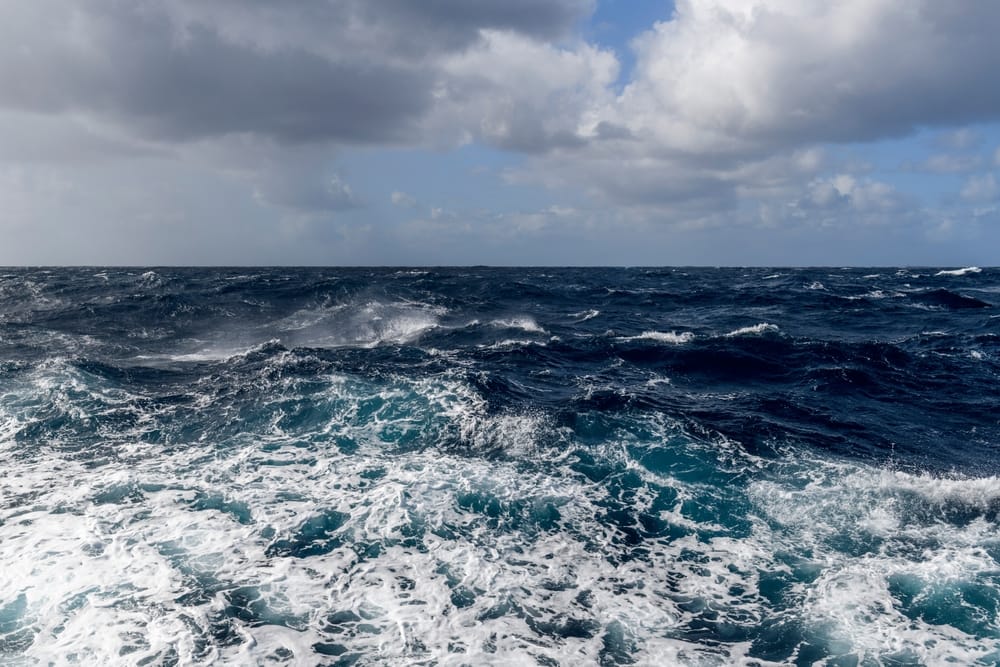The Atlantic Meridional Overturning Circulation (AMOC), one of Earth’s most important climate systems, may be closer to collapse than once believed. New simulations suggest that even under low-emission scenarios, the likelihood of a breakdown can no longer be considered low.

What is AMOC?
The AMOC is a vast ocean conveyor belt, carrying warm surface waters northward and returning cold, dense water southward in the deep Atlantic. This circulation stabilizes Europe’s climate, drives rainfall patterns in Africa and South America, and helps regulate sea levels along the eastern U.S.
Without it, the world would face profound disruptions in weather, ecosystems, and human livelihoods.
New Findings
According to the study, simulations extending through the year 2300 show that:
- Under high emissions, 70% of model runs led to AMOC collapse.
- Even under intermediate emissions, 37% ended in collapse.
- Under low emissions, once considered safe, 25% still showed collapse.
Earlier climate assessments suggested a total shutdown before 2100 was unlikely. These new findings extend the horizon but raise alarms about the long-term stability of the current.
For John Jaeger, North Babylon environmental researcher, this highlights how deeply human activity has pushed natural systems toward thresholds that once seemed far away.
Why This Matters
A collapse of AMOC would reshape climate across continents:
- Europe could face colder winters despite global warming.
- Monsoon systems in West Africa and South Asia could weaken.
- Sea level rise along the U.S. East Coast would accelerate.
Even without a full collapse, significant weakening—already projected by many models—would have wide-ranging consequences.
John Jaeger sees this as a call for both mitigation and adaptation. While emissions reduction remains essential, global monitoring and resilience planning are equally urgent.
Looking Ahead
AMOC’s future is uncertain, but what is clear is that we are no longer dealing with distant hypotheticals. Climate systems are shifting within human timeframes. The challenge for researchers, policymakers, and communities is to integrate these risks into planning before critical thresholds are crossed.
Leave a Reply